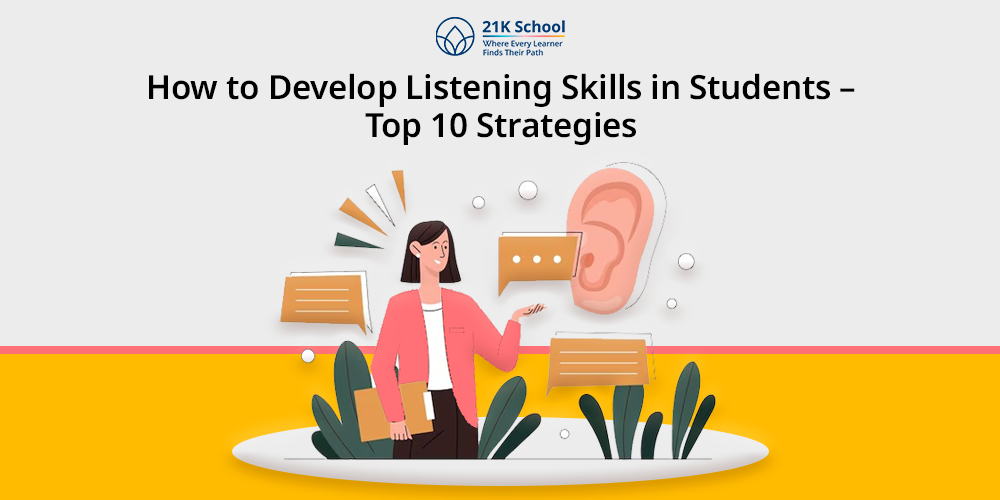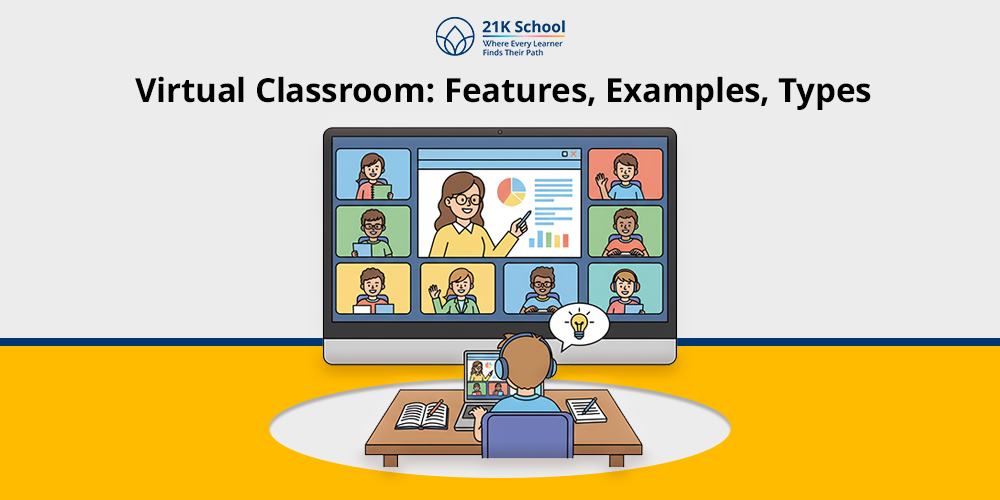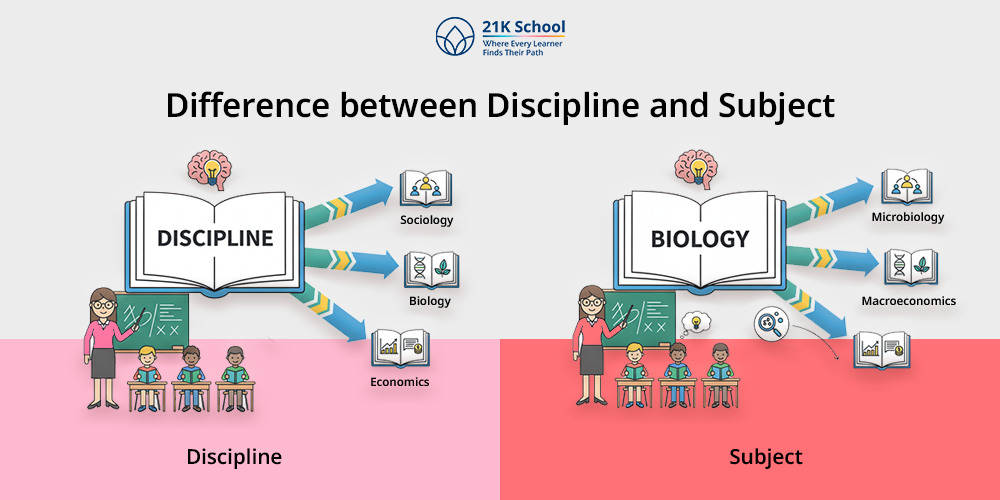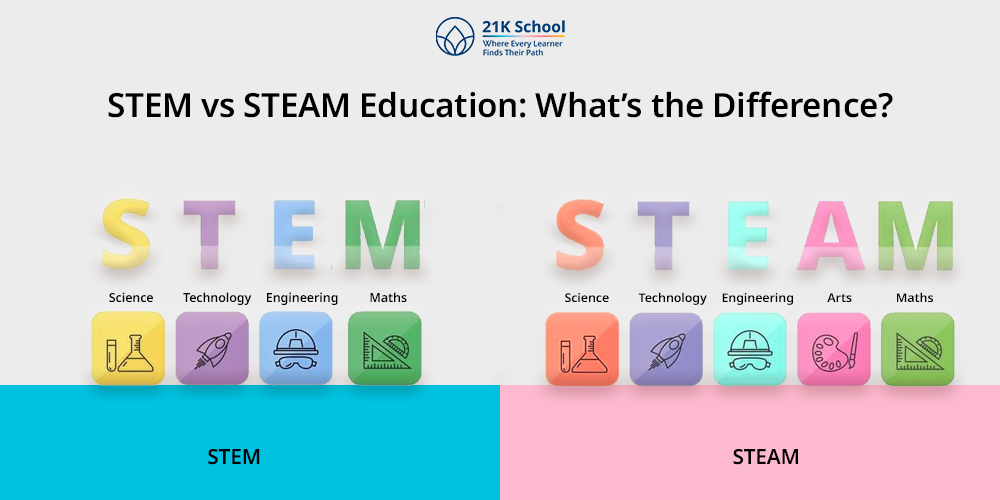
Have you ever heard a good listener always perform better in academics? Listening is a powerful skill especially for young learners who explore new areas.
But parents and teachers are always concerned about one question: How to Develop Listening Skills in Students?
Whether it is classroom learning , homeschooling or self-education, paying attention is an important & foundation step for learners.
Individuals with strong listening skills can enhance mental development, critical thinking , building relationships and follow instructions accurately.
Let’s explore how to develop listening skills in students and top strategies to implement.
Contents
- What Are Listening Skills in Students?
- 10 Proven Ways to Develop Listening Skills in Students
- 1. Encourage Active Listening in Class
- 2. Introduce Listening Games and Activities
- 3. Practice Note-Taking
- 4. Use Audio Learning Resources
- 5. Promote Group Discussions and Debates
- 6. Model Good Listening Behavior
- 7. Use Visual Cues Along with Audio
- 8. Give Constructive Feedback on Listening Performance
- 9. Incorporate Storytelling Sessions
- 10. Create a Distraction-Free Learning Environment
- Conclusion
What Are Listening Skills in Students?
Listening skills in students means ability to understand information accurately, interpret and respond effectively without mistakes.
In education , listening accurately is important to retain concepts and formulas and many more. Listening is an active process which requires attention, empathy , and comprehension.
A student with good listening skills can:
- Understand instructions.
- Prepare projects with accuracy.
- Improve memory retention.
- Develop emotional intelligence .
10 Proven Ways to Develop Listening Skills in Students
Lets go through some of the proven strategies help individuals to understand how to develop listening skills in students:
1. Encourage Active Listening in Class
Encouraging active listening in the classroom is one of the most ideal ways of improving listening skills.
Here, students pay attention to the speaker, process and respond accordingly.
The strategy can be implemented by facilitators via:
- Asking cross questions about concepts or chapters.
- Let them summarise the whole chapter in the end.
- Maintain eye contact which helps in less distraction.
2. Introduce Listening Games and Activities
There are many popular games & listening activities parents can play with kids and facilitators can implement in classroom learning.
Some of the common listening games and activities are:
- Simon Says
- Story Sequence Games
- Listening Bingo
- Audio Quizzes
3. Practice Note-Taking
Listening skills can also improve by writing or practising note-taking. This means learners whatever they hear in the last couple of minutes can make a note.
It sounds different but an effective strategy which showcases results about how much students have grabbed and area of practice.
Facilitators can use different ways like:
- New keywords.
- Additional information or lines to make it memorable.
4. Use Audio Learning Resources
Use of audio learning resources can be a great decision to improve students’ listening skills. Different audios let them explore new words, tone, style and languages.
One can listening diverse audios for example:
- Educational podcasts.
- Audiobooks.
- Recorded lectures.
- Language learning apps.
5. Promote Group Discussions and Debates
People often neglect group discussions and debates as extracurricular activities . But, these are some important parts of the educational journey which also improve students’ listening skills.
It not only helps in listening but also enhances interpretation, memory and develops responding abilities.
One can implement it through:
- Dividing the classroom in small groups and discussing.
- Taking part in a school debate activity.
- Encouraging students to participate in open communication.
6. Model Good Listening Behavior
To model good listening behavior, facilitators can demonstrate verbal communication and nonverbal activities like eye contact, nodding, and open body language are effective ways.
A good listener always:
- Respond calmly and thoughtfully.
- Avoid interruptions.
7. Use Visual Cues Along with Audio
One of the popular strategies like use of visual cues along with audio can help in improving listening skills in students.
Some common examples of visual cues are:
- charts, diagrams, and slides with verbal presentation.
- Display pictures with storytelling.
- Audio, video with captions.
8. Give Constructive Feedback on Listening Performance
Continuous learning and practicing listening requires right guidance. Here, facilitators play a crucial role by giving constructive feedback on listening performance of students.
They can:
- Praise specific listening behaviors.
- Point out mistakes.
- Help in difficult situations.
- Encourage students to work on feedback.
9. Incorporate Storytelling Sessions
Storytelling for learning is one of the best ways for students to listen carefully with interest. Two most effective parts of storytelling are imagination and emotional engagement.
It strengthens creative thinking skills and culture understanding. Some proven methods for storytelling are:
- Using different tones, gestures, and expressions.
- Ask to predict the end.
- Use pictures to increase students engagement .
10. Create a Distraction-Free Learning Environment
For effective education, learners need a distraction-free learning environment. It will help them to concentrate on what they are learning and the speaker’s voice.
Facilitators can create a distraction-free learning environment by:
- Reduce the use of phone or entertainment devices.
- Use mindfulness activities or exercises.
- Set classroom rules like no phones or one speak at a time.
Conclusion
Gradual development of skills are more effective, especially from a young age. Listening skills are one of them that can be learned via simple games and activities.
It is seen that a good listener not only improves their academic performance but also personal abilities and relationships.
As a parent and facilitator one can implement various games, note-taking, group discussions, storytelling, and audio learning etc in the classroom.
Enforcing a good habit
of listening ensures lifelong learning
and success of students. Master a skill that opens the door to existing opportunities.



